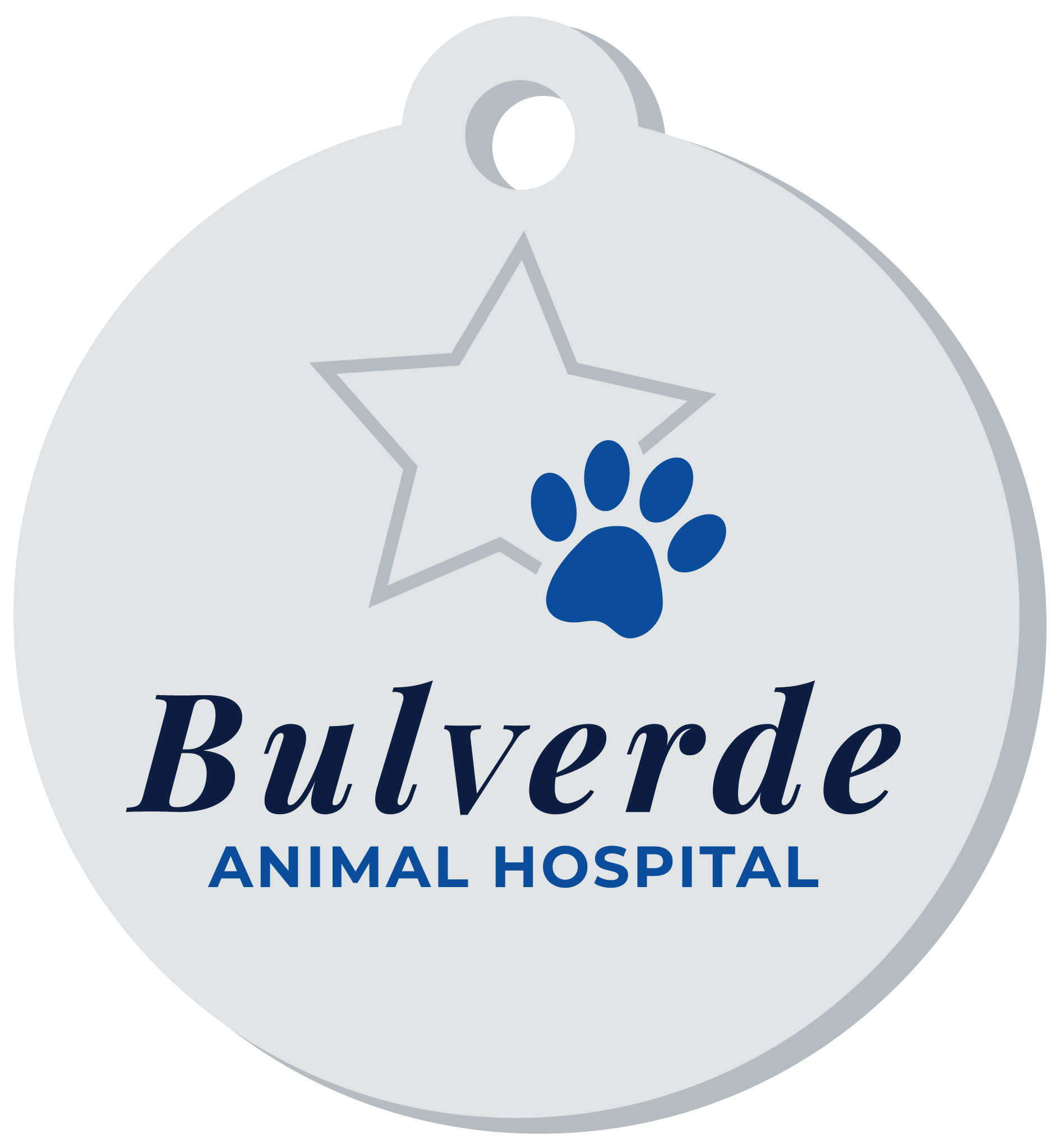CJ & Rex Explain What the Color of your Dog’s Gums Means for Their Health

Woof, woof and hello, readers! I’m CJ, and I’m back to discuss more health and wellness topics relating to your pets. Today, I’ll be discussing the color of a dog’s gums, and how this can indicate their health. With me, as always, is my colleague, Rex!
CJ: Hello, Rex!
Rex: A bark and hello to you, too!
CJ: You ready to talk about the topic of the day?
Rex: Dog, am I! So first we should start with the difference between bubble gum and sugar-free gum, because that’s always an area of confusion for-
CJ: Not that kind of gum, Rex! We’re talking about the gums that surround our teeth!
Rex: Ah yes, of course. Sorry… my index cards must have been out of order. Yes, yes, the gums serve as a protective barrier for your dog’s teeth, and they can tell you a lot of about your pet’s health!
CJ: Yes they can! To start off, let me explain what healthy gums should look like. Normal gums should be the color of – you must have been onto something, Rex – bubble gum! If you were to press your human’s finger onto a healthy dog’s gums, you should notice a white or pale pink color once you take their finger off. Healthy gums should be smooth and moist.
Rex: So what sorts of things should you look out for if someone’s dog doesn’t match the above description?
CJ: There are a variety of indicators that can tell you something or other about your dog’s health. If your dog’s gums are a blue or purple color (medically known as cyanosis), this could mean something serious. Blue gums are associated with pneumonia, congestive heart failure, and respiratory problems. In short, if you see blue or purple, you should get your dog to a vet, stat!
Rex: I’ve heard that pale pink or white gums are a sign of anemia or acute blood loss. There are a variety of underlying diseases that can cause this, meaning it’s also important to report pale gums to a professional.
CJ: Correct! If you see bright red gums, your dog may be overheated or have stomatitis or gingivitis. Red gums can be a sign of distress for dogs – they might be panting to cool their body temperatu
re, or their gums may be infected which leads to painful sensations.
Rex: None of these sound good at all! What can be done to prevent gum problems?
CJ: Well some of these gum problems are indications of greater diseases which can only be treated by professionals (blue, purple, pale pink, white). Brushing your dog’s teeth is a proactive measure you can take to prevent infections like gingivitis from making your pet’s gums turn bright red. Also, be sure to check on your dog on a hot day – putting them in the shade or finding them some water can prevent the unsightliness of bright red gums.
Rex: Sounds good – thanks, CJ!
CJ: Thanks for stopping by for another great chat, Rex!
And there you have it. Checking your dog’s gums can be a great way to get clarity on their health status. As you read above, however, it can also indicate when medical attention is necessary. If you think your dog’s gums are displaying signs of concern – or you just aren’t sure – call Bulverde Animal Hospital today. We’re here to help!
Recent Posts
About Us
At Bulverde Animal Hospital, our ultimate goals are excellent service to clients, personal growth, and the professional development of our staff. We are a small clinic creating a significant impact on pets' lives.
